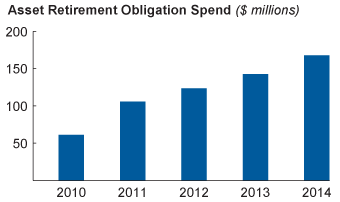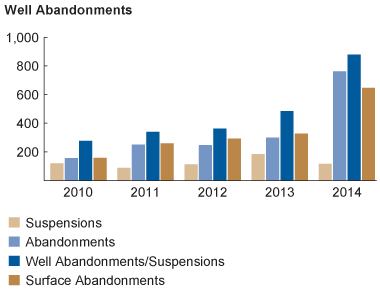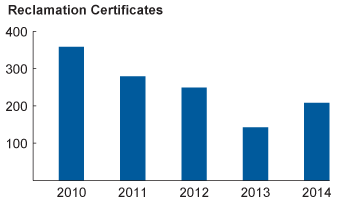Land and Habitat

Husky stewards the land in its care, from the planning stage of a project through to the asset’s retirement. Potential impacts are identified so they can be avoided, minimized or mitigated, and the land is ultimately remediated and reclaimed.
Project Planning
Existing conditions and potential impacts must be understood before work starts on a project. The Company conducts pre-disturbance site assessments for all proposed projects and more comprehensive environmental impact assessments for major projects.
A number of methods are used to analyze alternatives as plans are developed. For example, the location of the Sunrise Energy Project facilities was determined using a technique that mapped creeks and other sensitive areas so they could be avoided.
Conservation efforts throughout the life of the project allow for a more successful reclamation when the asset is retired.

During Operations
Impacts to land and habitat are monitored during operations, and ways to minimize or mitigate them are assessed.
Activities are planned so that sensitive animal and bird activities, such as known bear dens in winter, aren’t affected. To better understand habitat use, workers and in-field cameras observe and record the movements of local wildlife. For example, in 2014 the North Saskatchewan River biodiversity monitoring program began tracing sensitive plant, amphibian and bird species in the river valley east of Lloydminster, Saskatchewan.
Surface water on leases is managed, including containment systems to prevent soil erosion and to help prevent a release from migrating off-site. Vegetation is controlled to inhibit the spread of weeds and minimize fire hazards. Husky’s waste tracking system monitors and verifies the type and volume of waste generated, how it is handled and how it is disposed, treated or recycled.
To improve the reclamation timetable, work is undertaken on lands no longer required for operations, even if the project is ongoing. Progressive reclamation allows work to begin sooner to return land to its pre-disturbance condition and reduces maintenance costs.
End of Life and Asset Retirement
Husky prioritizes its inventory of inactive assets to determine which should be retired and which have future production potential.
The process of retiring a well begins with properly abandoning both the downhole and surface components. The Company’s long-term, proactive abandonment program works towards the timely and effective retirement of inactive sites that have no further potential. Candidates for abandonment are ranked and grouped by geography to use resources more efficiently.
Land on the site is restored so it can support similar ecological functions to those that existed before any disturbance. This could include re-contouring sites, addressing potential contamination, replacing soil layers and re-establishing vegetation.
This process takes approximately five years to complete, from initial re-contouring to verification the site meets regulatory criteria. All reclaimed sites are submitted for regulatory approval and land owner and/or occupant review, and Husky has achieved an average 98 percent approval rate on its submissions. Over the past five years, the Company has certified 1,232 sites and returned approximately 6,000 acres of land to its pre-disturbance condition.
Asset retirement obligations (ARO) are tracked in Husky’s Environmental Performance Reporting System and disclosed on a quarterly basis, complying with financial reporting regulations. This allows the Company to better estimate its obligations and account for appropriate financial resources for abandonment, reclamation and remediation activities.



